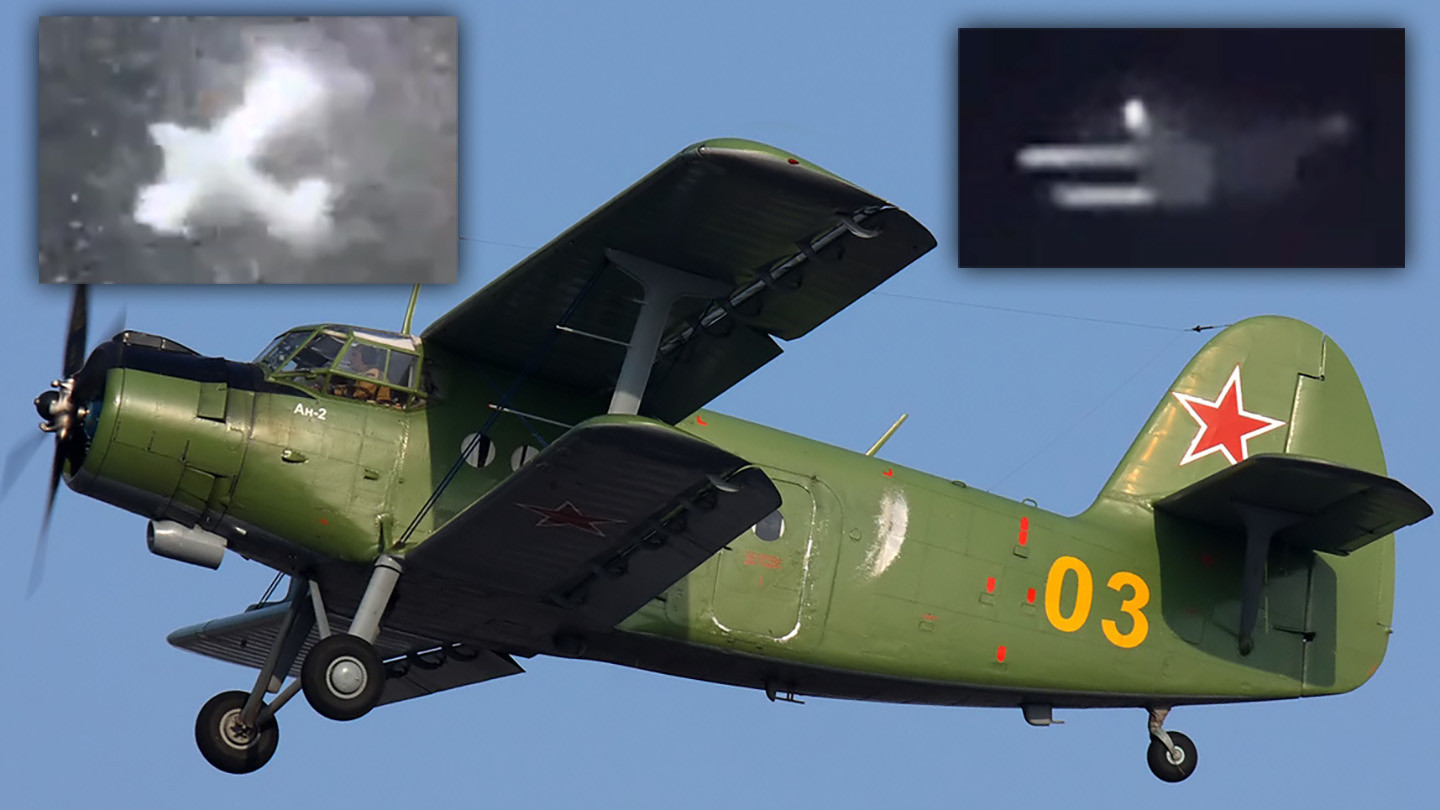Videos purporting to show a Ukrainian drone attack on a Russian oil refinery may actually have been of a wayward civilian An-2 biplane. Whatever the exact circumstances were, the incident highlights the continued utility of the anachronistic, but venerable An-2, with or without a pilot.
Clips, seen below, showing what looks to be an An-2 passing very low over an oil refinery in the city of Salavat in Russia’s Bashkortostan region, as well as anti-aircraft guns firing at it, first began circulating on social media earlier today.
The plane seen in the videos has a wing configuration and overall shape that align with the An-2, also known by its NATO reporting name Colt, and what sounds like a radial piston engine can be heard in some of the footage. It is possible that it is another biplane type, such as a crop duster, but An-2s are still in use in Russia for commercial and military purposes.
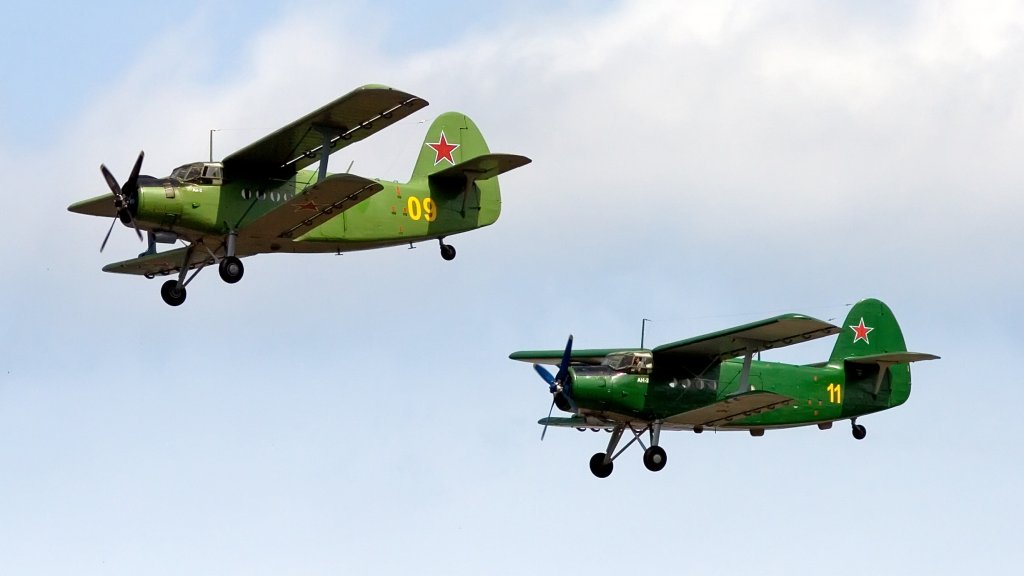
While what exactly led the apparent An-2 to pass over Salavat remains unknown, that it was initially identified as a drone is not surprising. Salavat is around 720 miles (close to 1,160 kilometers), at closest, from the border with Ukraine, and some 808 miles (approximately 1,300 kilometers) from the front lines of the fighting in that country. However, Ukraine has demonstrated its ability to launch very long-range attacks with kamikaze drones, including ones converted from crewed aircraft, against targets hundreds of miles inside Russian territory, including in the capital Moscow. Russian facilities related to oil and natural gas production have also been especially prime targets for Ukrainian drones. With ample space inside for additional range-extending fuel and explosives, the An-2 could be a good candidate for conversion into a one-way attacker.
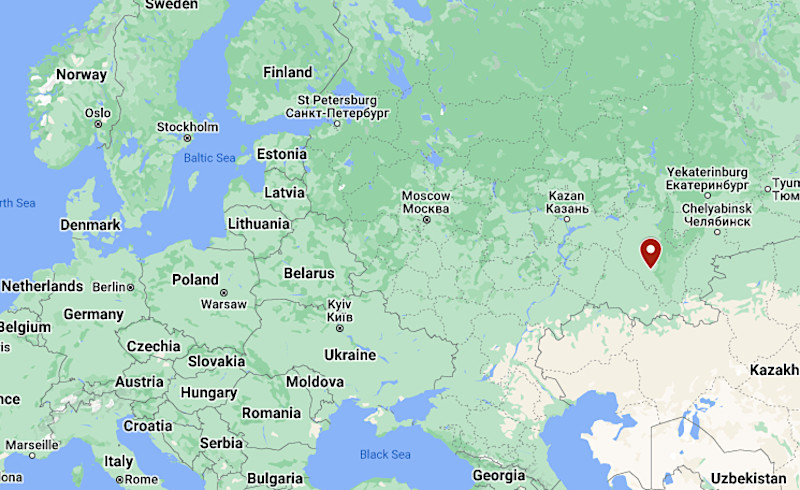
The idea of repurposing An-2s, an aircraft that Antonov first began producing in 1947 in what was then Soviet Ukraine, as weaponized drones is not new, either. During its war with Armenia over the Nagorno-Karabakh region in 2020, Azerbaijan employed the biplanes with certain modifications as semi-uncrewed decoys. Pilots would get the aircraft aloft and locked onto a set course before bailing out. The planes would then fly along that route until they were shot down, ran out of fuel, or otherwise crashed. This, in turn, created complications for Armenian air defenders who had to try to determine if the Colts were real kamikaze drones and make the decision about whether or not to expend valuable anti-aircraft resources to try to knock them out. Engaging the pilotless biplanes would also expose air defense positions and give Azerbaijan’s forces other opportunities to glean information about Armenia’s capabilities and standard operating procedures.
The video below reportedly shows Armenian air defenses shooting down an Azerbaijani An-2.

In March 2022, soon after Russia launched its all-out invasion of Ukraine, signs emerged that it was massing An-2s, possibly to employ them in a similar fashion to how Azerbaijan used them against Armenia. There are no clear indications that Russian forces subsequently employed those aircraft in any configuration in relation to the conflict in Ukraine.
Examples of the Y-5, a version of the An-2 built under license in China, have also been more recently adapted into uncrewed cargo-carrying platforms, ostensibly for civilian use, but with potential military applications.

Even when employed in its intended role as a crewed light transport plane, the An-2 continues to be relevant in a military context, as TWZ has highlighted on multiple occasions in the past. With its metal-framed, but fabric-covered wings, the biplane has a relatively small radar cross section for its size. It can fly extremely slow and low, helping further to evade detection, even in certain circumstances by aircraft high above with look-down-shoot-down radars. The plane has impressive short takeoff and landing capabilities, as well.
For these reasons, North Korea notably maintains a fleet of An-2s to help deposit commandos behind enemy lines, either by parachute or after landing on short stretches of fields or highways, during the opening stages of conflict on the Peninsula. South Korea has its own An-2s to help its forces train against those threats.
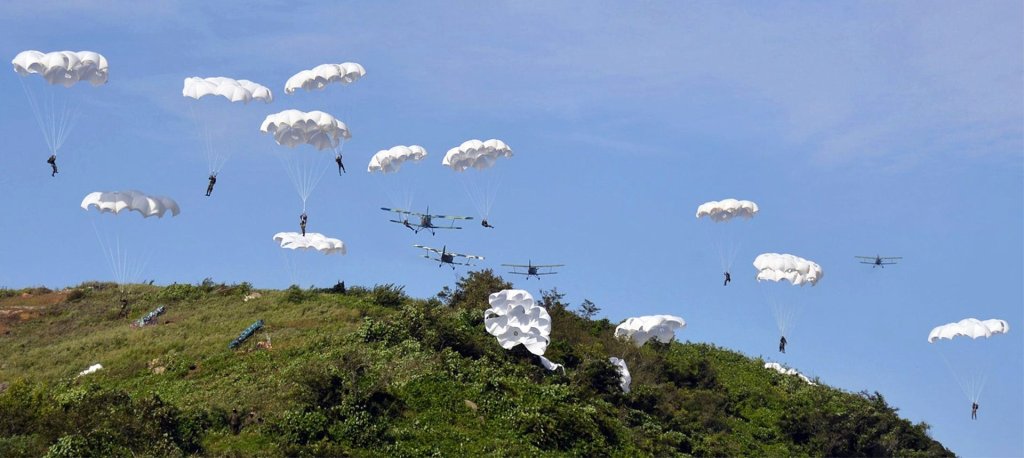
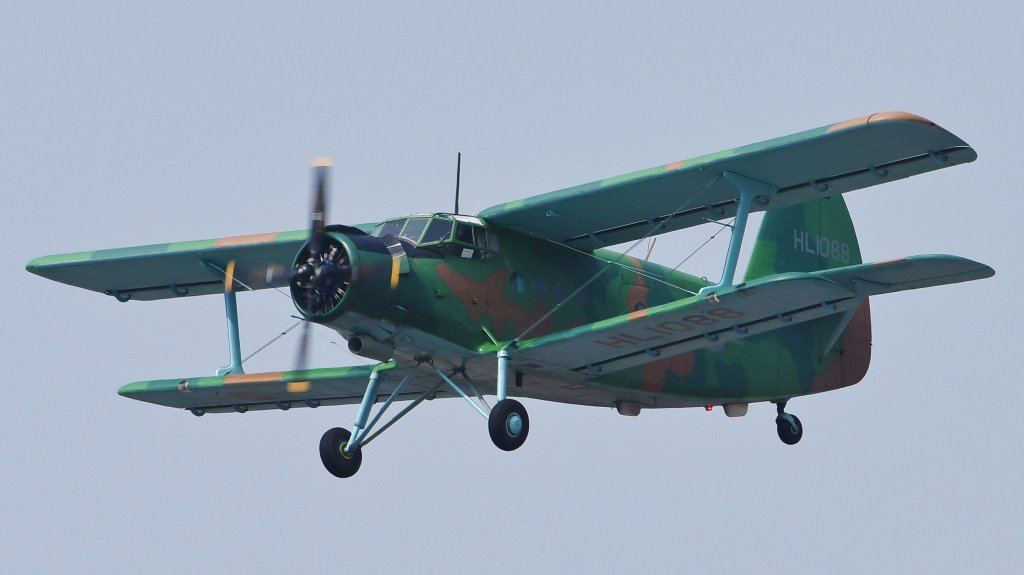
Other armed forces globally, including several within NATO, also continue to fly crewed An-2s, which have the further benefit of being relatively easy and cheap to operate and maintain.
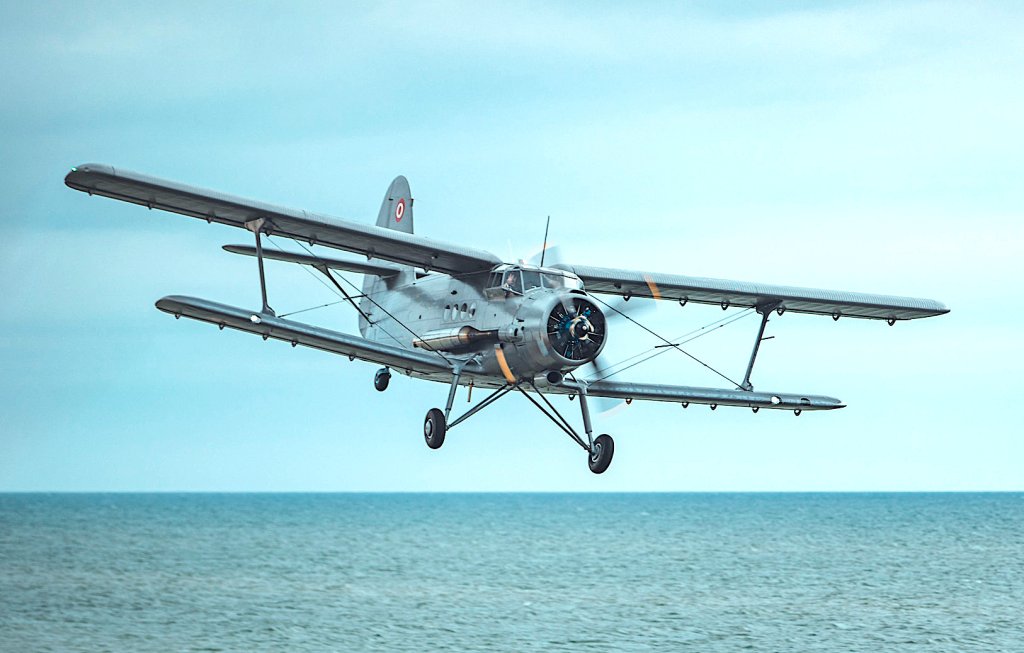
There continues to be attempts to iterate on and improve upon the An-2’s design, but no such effort has been met with the same kind of success.
Whether or not more details emerge about the An-2 flight over Salavat, the videos highlight the staying power of the rugged, increasingly ancient-looking design — crewed or uncrewed — being included in military service.
Contact the author: joe@twz.com
